Home>Ideas and Tips>Upgrading Your Home’s Exterior With DIY Outdoor Kitchen And Bar
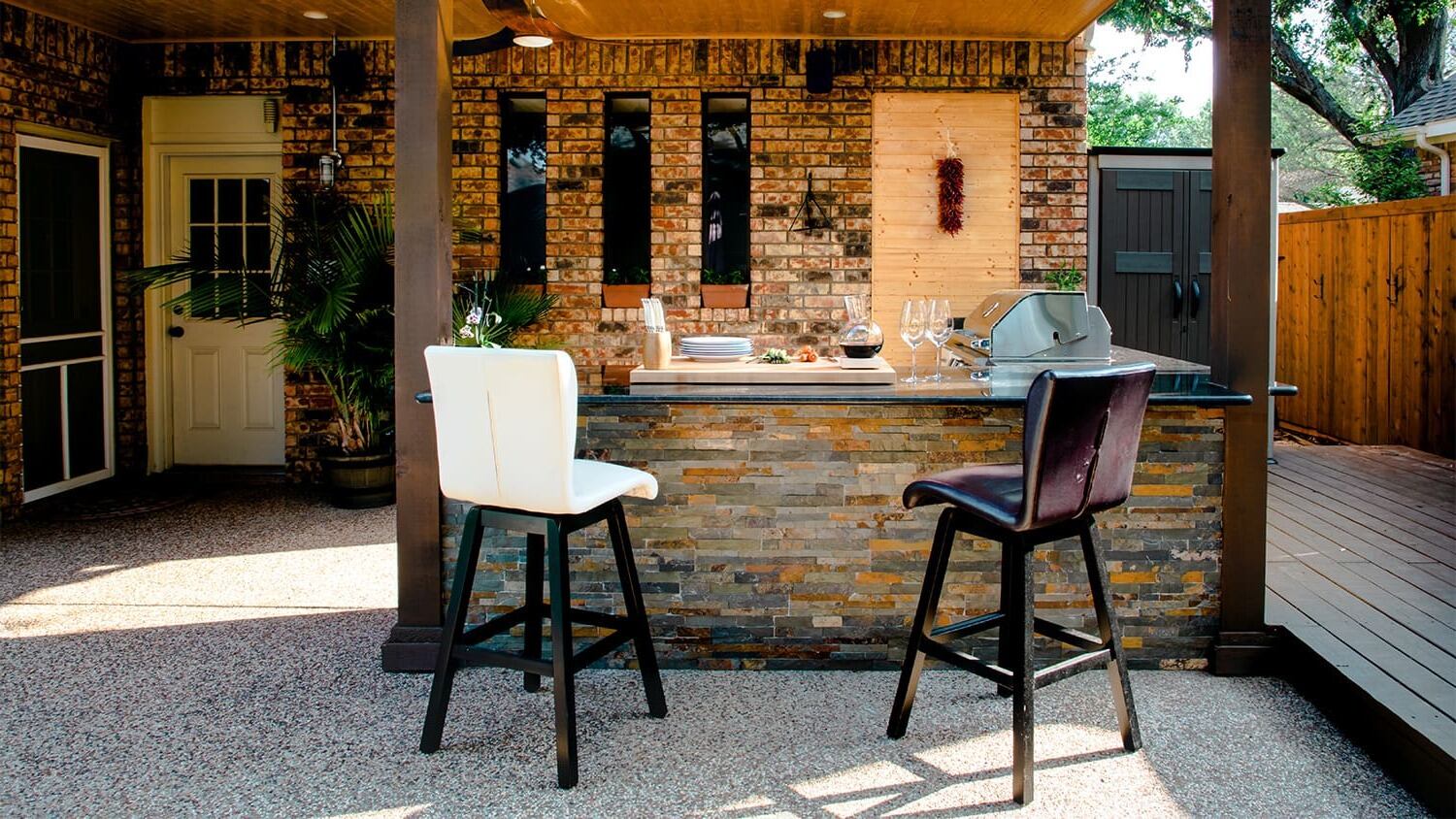

Ideas and Tips
Upgrading Your Home’s Exterior With DIY Outdoor Kitchen And Bar
Modified: October 20, 2024
Enhance your home's exterior with a DIY outdoor kitchen and bar. Discover design tips, material choices, and installation steps for a functional and stylish space.
(Many of the links in this article redirect to a specific reviewed product. Your purchase of these products through affiliate links helps to generate commission for Storables.com, at no extra cost. Learn more)
Creating an outdoor kitchen and bar can significantly enhance the aesthetic appeal and functionality of your home's exterior. However, it is crucial to approach this project with careful consideration and planning to ensure that it not only looks great but also functions well and lasts for years to come. In this article, we will guide you through the process of designing and building an outdoor kitchen and bar, highlighting the key factors to consider and the steps involved.
1. Deciding on Your Design: Size, Layout, and Positioning
Before you start any project, it is essential to determine the appropriate size, layout, and positioning for your outdoor kitchen and bar. This involves several factors:
-
Size: The size of your outdoor kitchen will depend on the space available in your backyard or patio. Ensure that the area is large enough to accommodate all the necessary components such as a grill, countertops, storage units, and seating.
-
Layout: The layout should be functional and aesthetically pleasing. Consider the flow of traffic and how you will use the space. For example, you might want to place the grill in a central location for easy access, while the seating area should be positioned in a way that allows for comfortable conversation.
-
Positioning: The positioning of your outdoor kitchen and bar is critical. It should be located in an area that receives adequate sunlight but is also protected from harsh winds. Additionally, consider the proximity to other structures or amenities like a house or pool.
Tools for Planning
Architects and designers have valuable resources and experience with creating detailed and even 3D layouts to ensure fit and function for your rooftop, patio, or backyard kitchen. These tools also aid in kitchen positioning by determining the best location and position of appliances based on factors such as access points, sunrise and sunset, and location relative to other structures or amenities.
2. Functional Appliances and Amenities
Choosing the correct appliances and sizes is crucial to a functional kitchen for an easy, enjoyable food prep and cooking experience. Here are some key considerations:
-
Grill: The grill is the heart of any outdoor kitchen. You can choose from various types of grills such as gas, charcoal, or electric grills. Consider the size of the grill based on how much food you plan to cook at one time.
-
Countertops: Countertops provide additional space for food preparation and can be made from materials like granite, stainless steel, or recycled glass.
-
Storage Units: Storage units are essential for keeping utensils, spices, and other kitchen essentials organized. You can opt for cabinets with drawers that have double-wall construction and full extension, self-close/soft-close technology.
-
Seating Area: A comfortable seating area is necessary for relaxation and socializing. You can choose from various types of seating such as benches, bar stools, or dining sets.
Appliance Selection
Choosing the correct appliances is crucial for a functional kitchen. You may be too eager to put up a fire pit or set up an outdoor bar and grill kitchen but you may not realize all the amenities available to you. For example, you might want to consider high-quality appliances such as outdoor grills with advanced features like temperature control and smoke detection.
3. Proper Installation and Local Building Codes
Installing an outdoor kitchen can be a tricky process without expertise. Here are some key considerations:
-
Structural Integrity: Due to natural elements such as wind, certain considerations must be made to maintain structural integrity and durability. In high wind areas, it is often a requirement to secure the cabinets to an immovable structure.
-
Leveling: Ensuring that cabinets are level, square, and plumb is vital so that doors and drawers can open and close properly. Even though Danver cabinets are delivered pre-assembled with professional instructions, working through a professional will ensure that codes and regulations are being followed.
Local Building Codes
Local building codes must be adhered to ensure that your outdoor kitchen is safe and compliant with local regulations. This includes factors such as electrical wiring, plumbing, and fire safety. Consulting with local authorities or hiring a professional can help navigate these complexities.
4. Materials Selection
Selecting the right materials for your outdoor kitchen is crucial for durability and aesthetics. Here are some common materials used:
-
Stainless Steel: Stainless steel cabinets are durable and resistant to corrosion. They can be powder coated in many different colors, textures, and wood grain finishes for a kitchen idea.
-
Granite: Granite countertops are durable and resistant to heat. They provide a sleek and modern look that complements any outdoor kitchen design.
-
Recycled Glass: Recycled glass countertops are eco-friendly and provide a unique aesthetic. They are also resistant to heat and stains.
Material Considerations
When choosing materials for your outdoor kitchen, consider factors such as durability, maintenance requirements, and aesthetic appeal. For example, wood may not hold up well in outdoor environments due to weather conditions like rain and sunlight.
5. Designing Your Outdoor Kitchen
Designing your outdoor kitchen involves several steps:
-
Sketching Your Design: Start by sketching out your design on paper or using software tools like AutoCAD or SketchUp. Consider the size, layout, and positioning of each component.
-
Creating a 3D Model: Create a 3D model of your design to visualize how it will look in real life. This helps identify any potential issues before construction begins.
-
Choosing Finishes: Select finishes such as countertops, cabinets, and flooring that complement each other and fit your desired aesthetic.
-
Adding Lighting: Proper lighting is essential for an outdoor kitchen. Consider installing LED lights or pendant lights to illuminate the area.
-
Incorporating Storage: Incorporate storage solutions like cabinets and drawers to keep utensils and other kitchen essentials organized.
Design Tips
Here are some design tips to keep in mind:
-
Flow: Ensure that there is good flow between different areas of the kitchen. For example, place the grill in a central location for easy access.
-
Aesthetics: Choose finishes that complement each other and fit your desired aesthetic. For example, stainless steel cabinets can be paired with granite countertops for a modern look.
-
Functionality: Prioritize functionality by ensuring that all components are easily accessible and functional.
6. Building Your Outdoor Kitchen
Once you have designed your outdoor kitchen, it's time to start building it. Here are some steps involved:
-
Preparing the Site: Clear the site where you plan to build your outdoor kitchen. Remove any debris or obstructions.
-
Laying the Foundation: Lay down a foundation such as concrete pavers or a patio slab to provide a stable base for your kitchen.
-
Installing Cabinets: Install cabinets using proper installation techniques to ensure they are level and secure.
-
Adding Countertops: Install countertops using appropriate adhesives and fasteners to ensure they are securely attached.
-
Installing Appliances: Install appliances such as grills and refrigerators according to manufacturer instructions.
-
Adding Lighting: Install lighting fixtures such as LED lights or pendant lights to illuminate the area.
-
Finishing Touches: Add finishing touches such as decorative trim work or outdoor rugs to complete the look.
Building Tips
Here are some building tips to keep in mind:
-
Follow Instructions: Follow manufacturer instructions when installing appliances or other components.
-
Use Proper Materials: Use proper materials such as stainless steel for cabinets and granite for countertops.
-
Hire Professionals: If you're not experienced in DIY projects, consider hiring professionals who specialize in outdoor kitchens.
7. Maintenance and Upkeep
Maintaining an outdoor kitchen requires regular upkeep to ensure it remains functional and aesthetically pleasing over time.
-
Cleaning Regularly: Clean the kitchen regularly by wiping down surfaces with soap and water.
-
Inspecting Appliances: Inspect appliances regularly for signs of wear or damage.
-
Sealing Surfaces: Seal surfaces such as wood or stone to protect them from weather conditions like rain and sunlight.
-
Storing Utensils: Store utensils and other kitchen essentials in designated storage units to keep them organized.
Maintenance Tips
Here are some maintenance tips to keep in mind:
-
Regular Cleaning: Regular cleaning helps prevent dirt buildup which can damage surfaces over time.
-
Inspecting Appliances: Regular inspections help identify potential issues before they become major problems.
-
Sealing Surfaces: Sealing surfaces protects them from weather conditions which can cause damage over time.
By following these steps and tips, you can create an outdoor kitchen and bar that not only enhances your home's exterior but also provides a functional space for cooking and socializing. Remember to consider all factors involved in designing and building an outdoor kitchen including size, layout, materials selection, proper installation, and maintenance requirements to ensure that your project turns out as envisioned.
Was this page helpful?
At Storables.com, we guarantee accurate and reliable information. Our content, validated by Expert Board Contributors, is crafted following stringent Editorial Policies. We're committed to providing you with well-researched, expert-backed insights for all your informational needs.
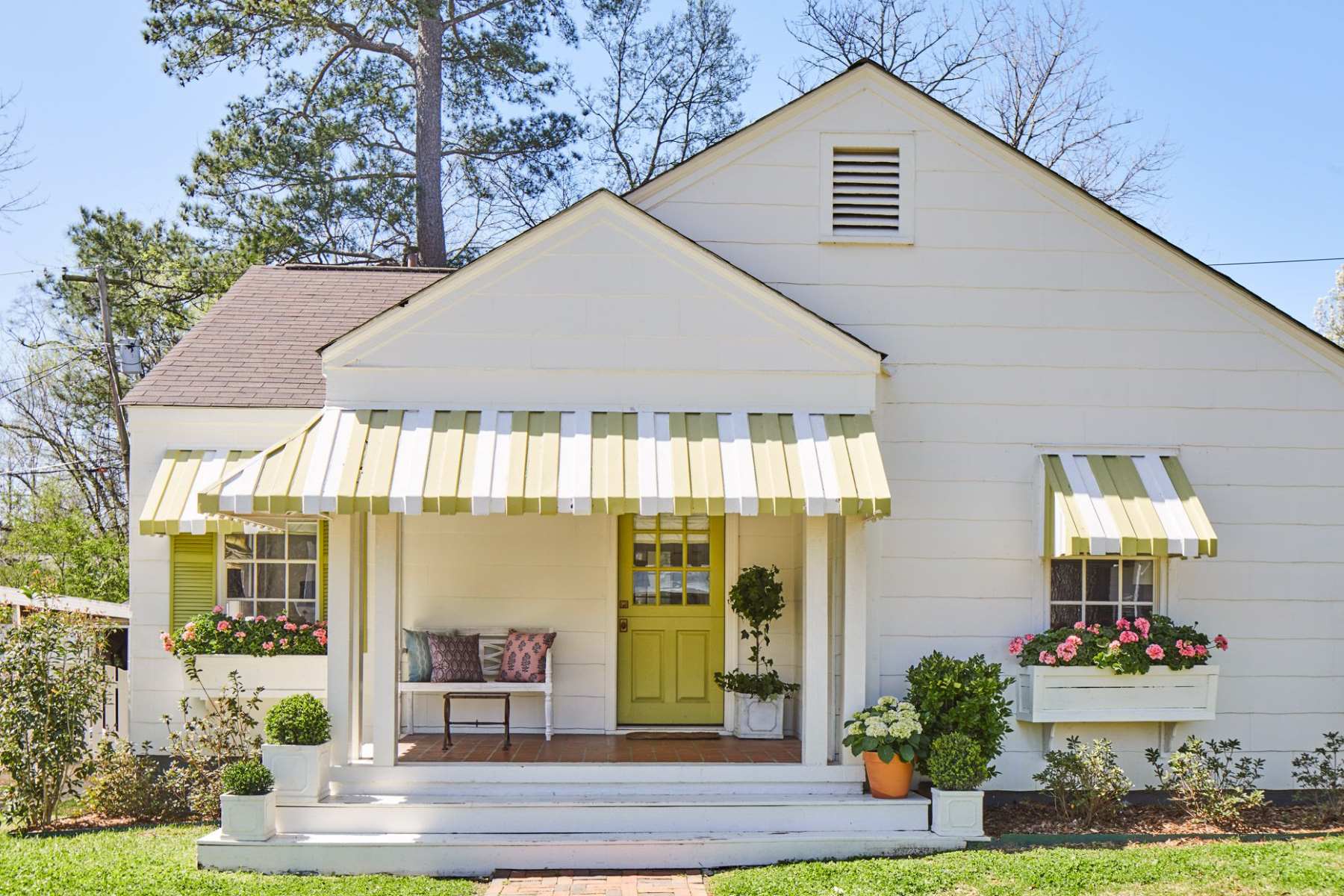
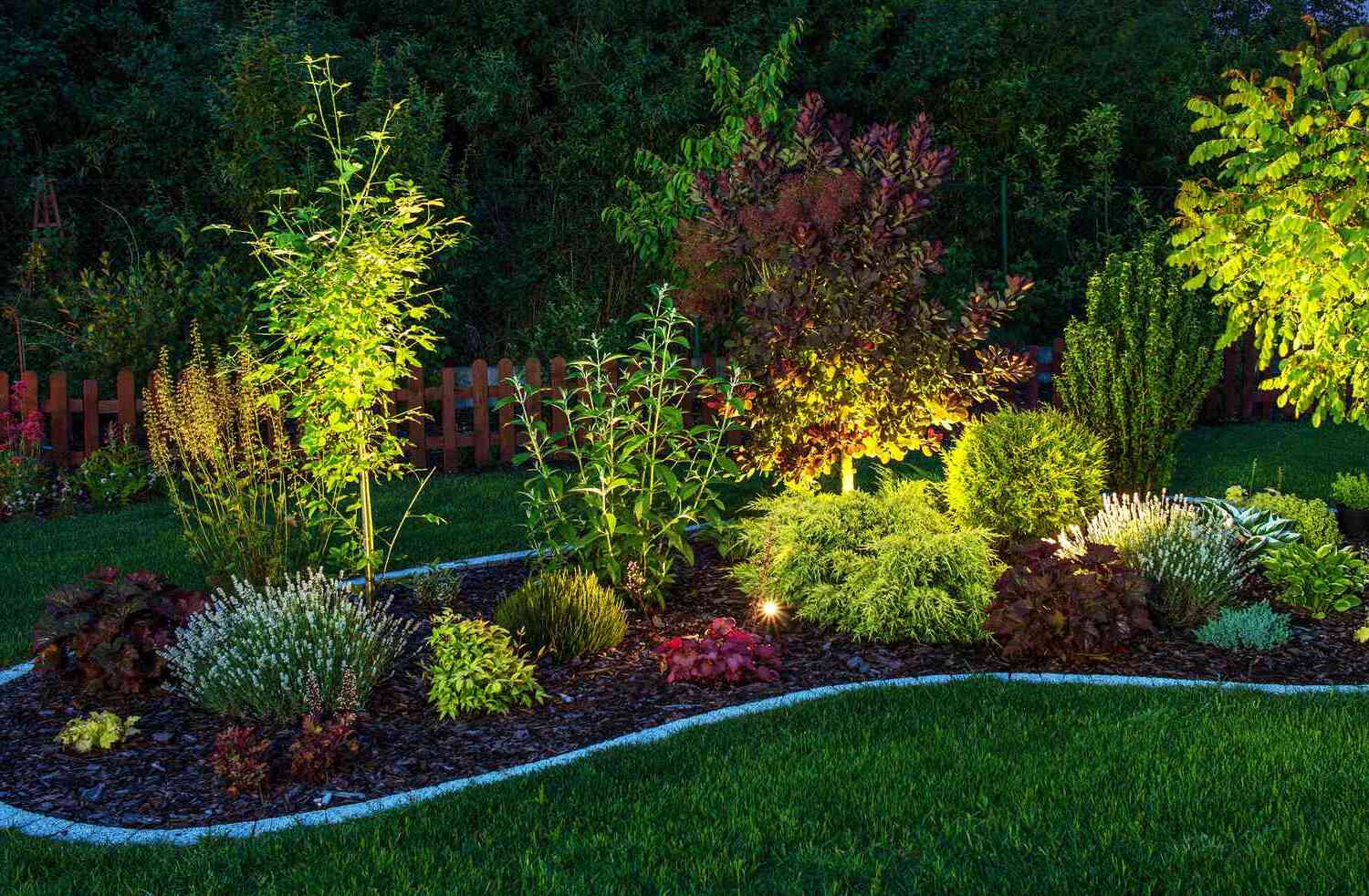

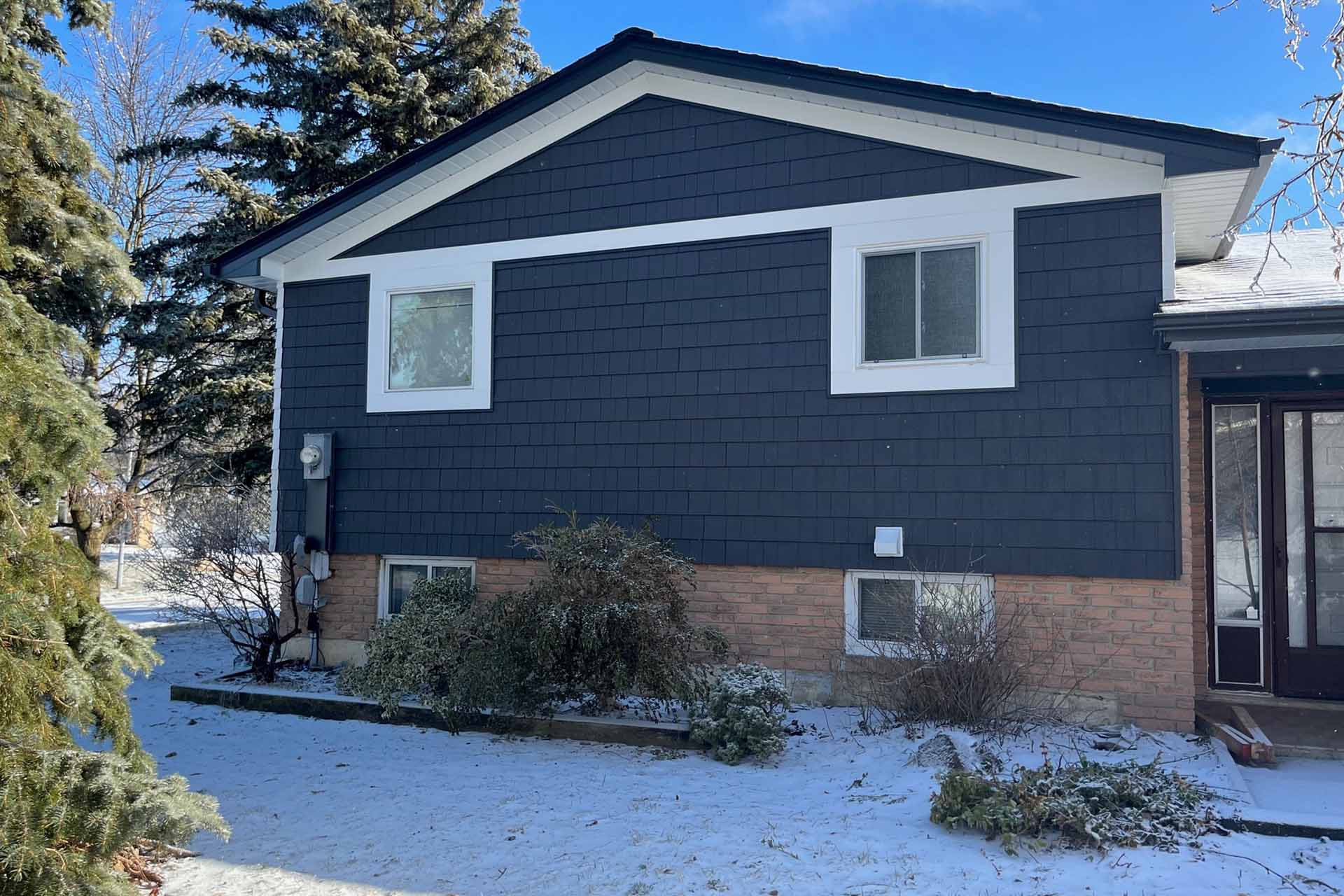
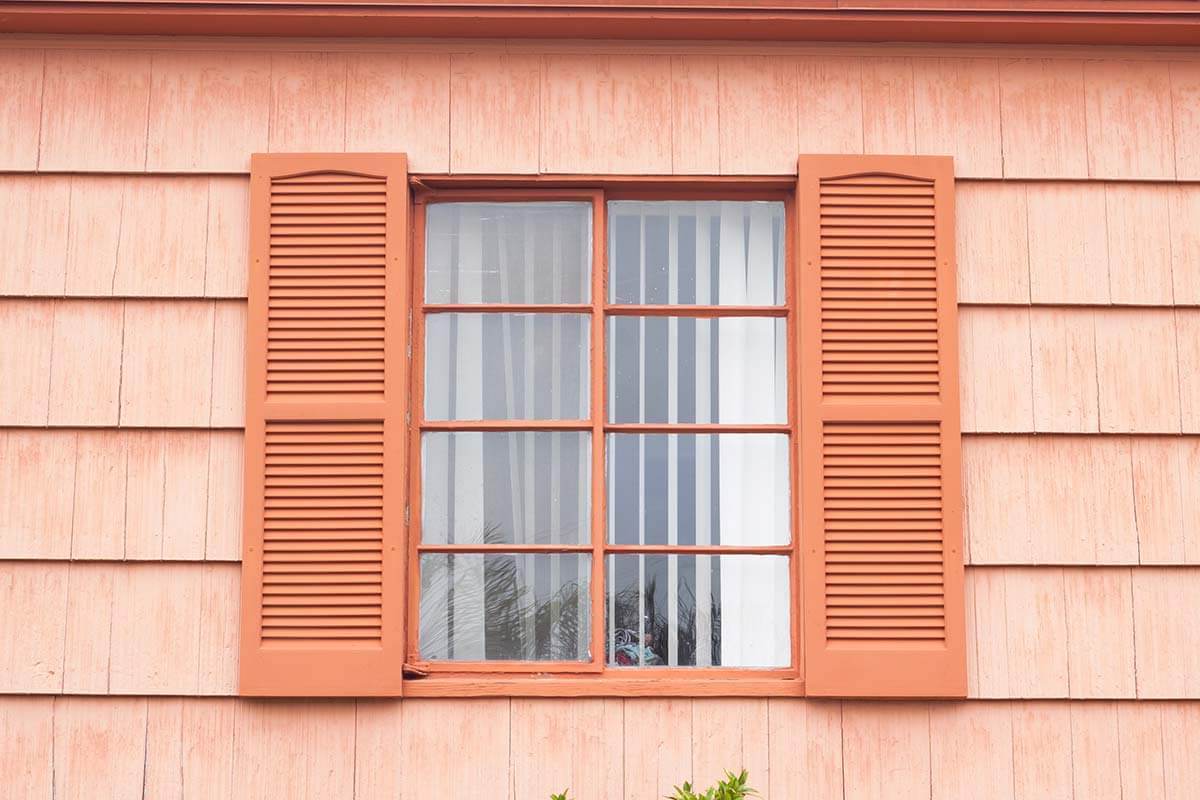
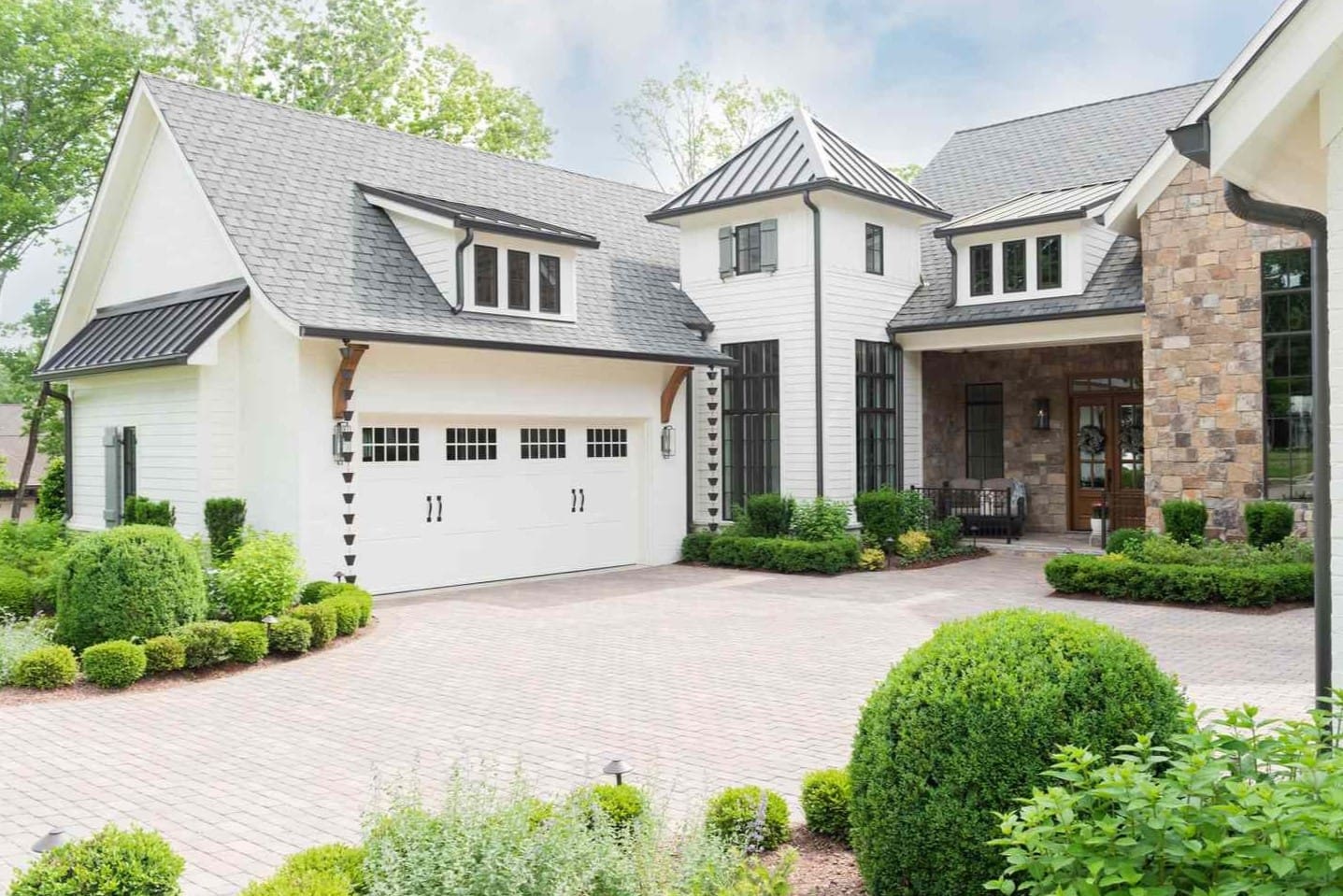
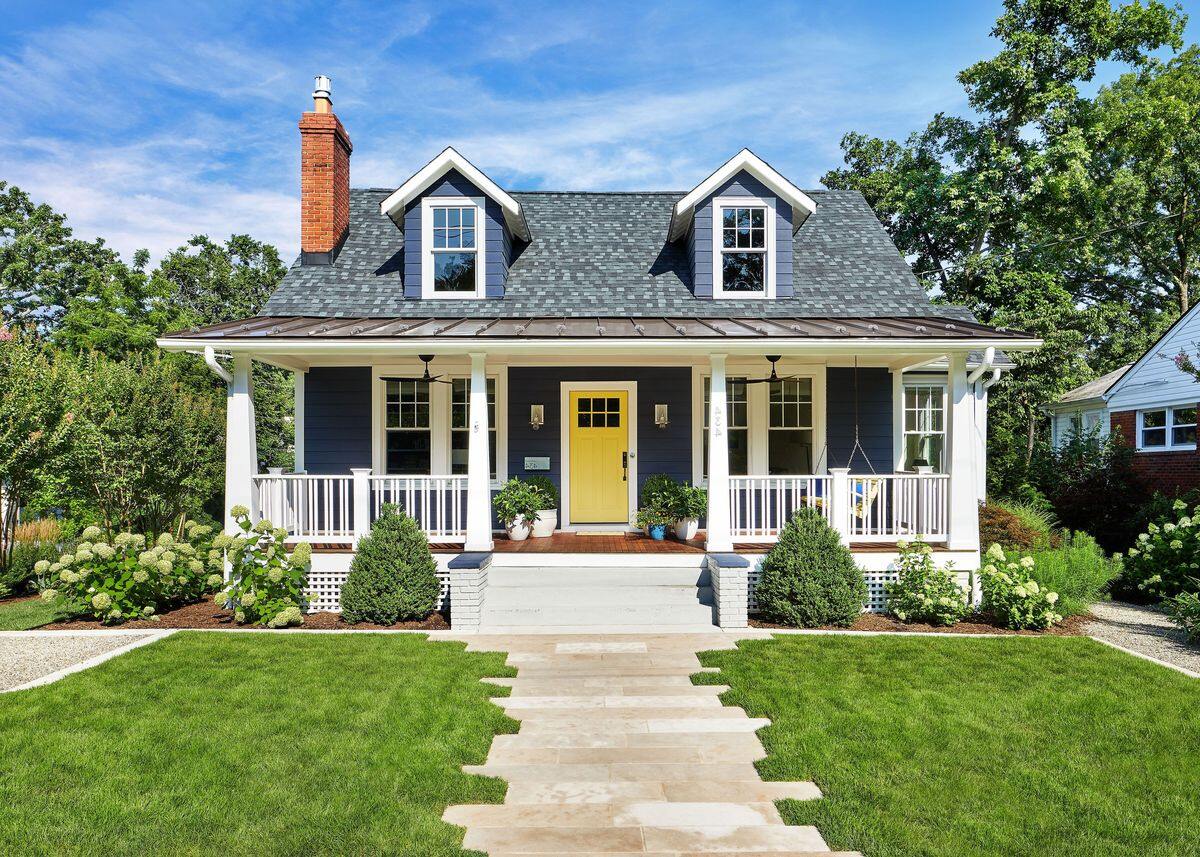
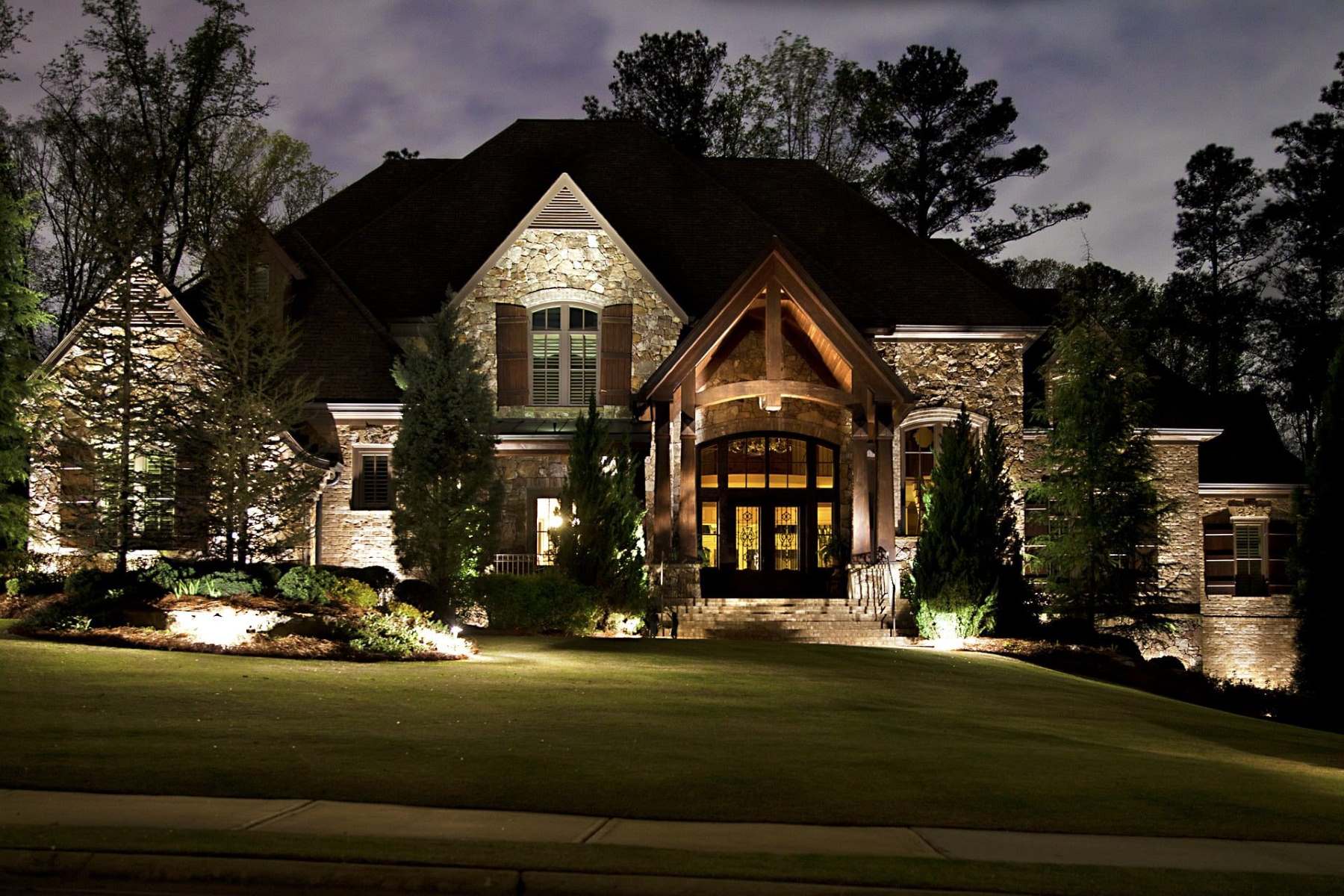
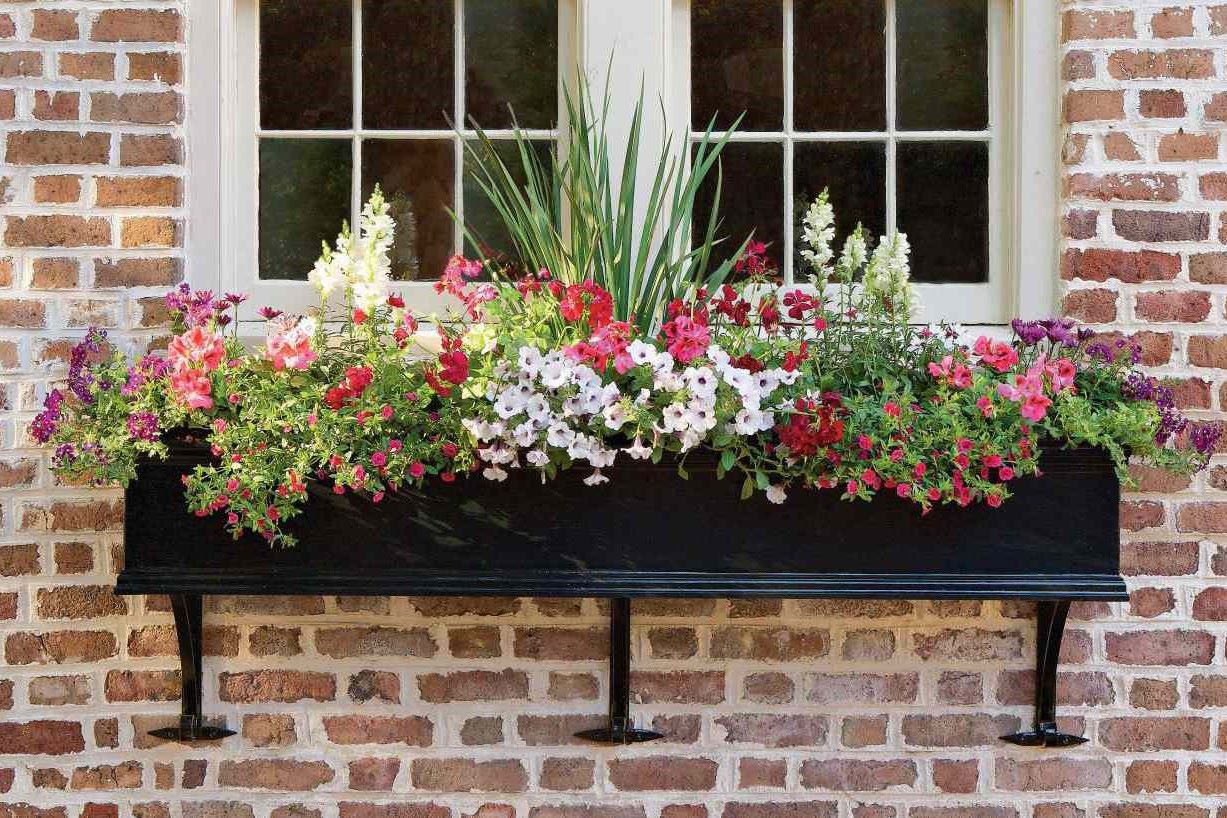

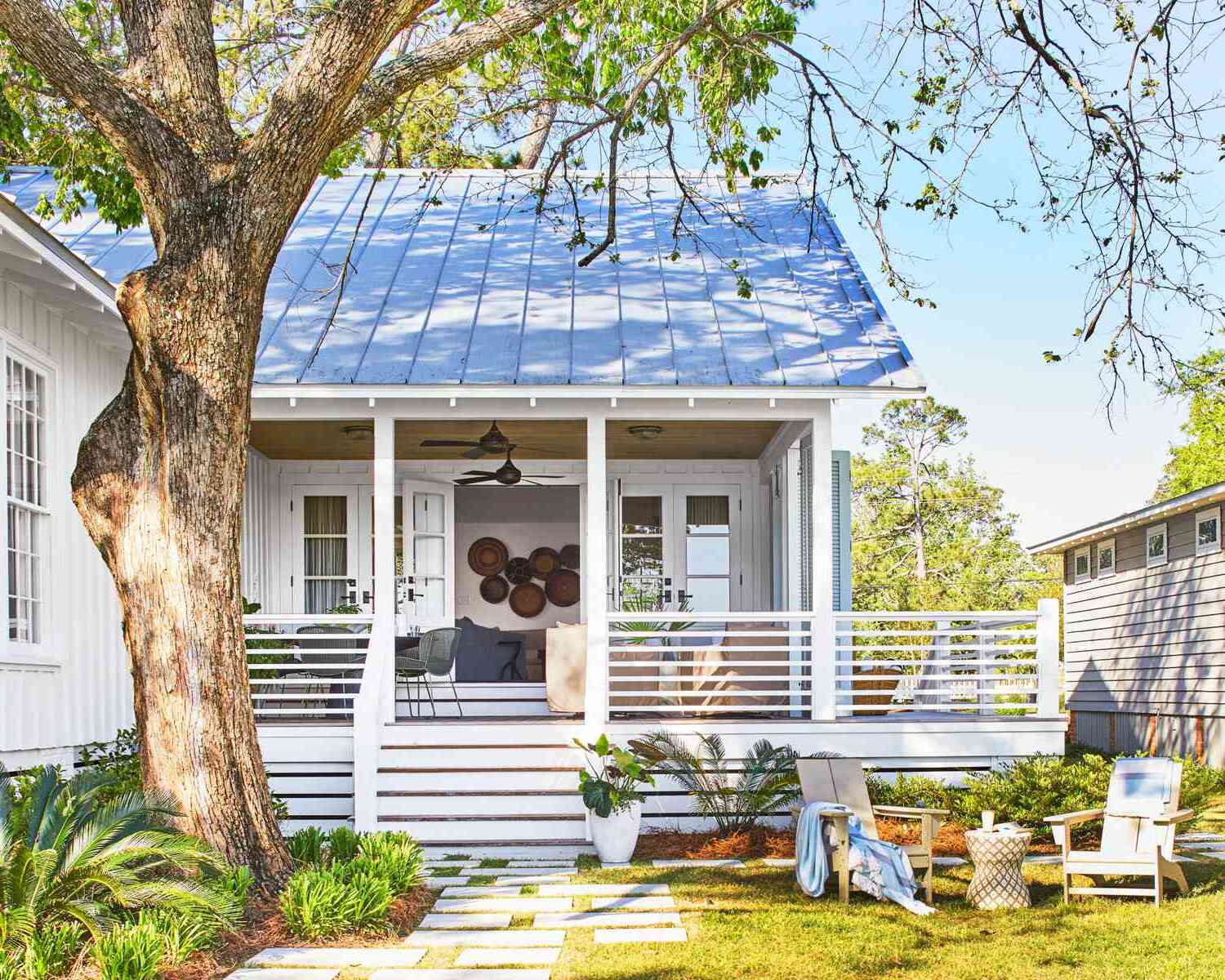
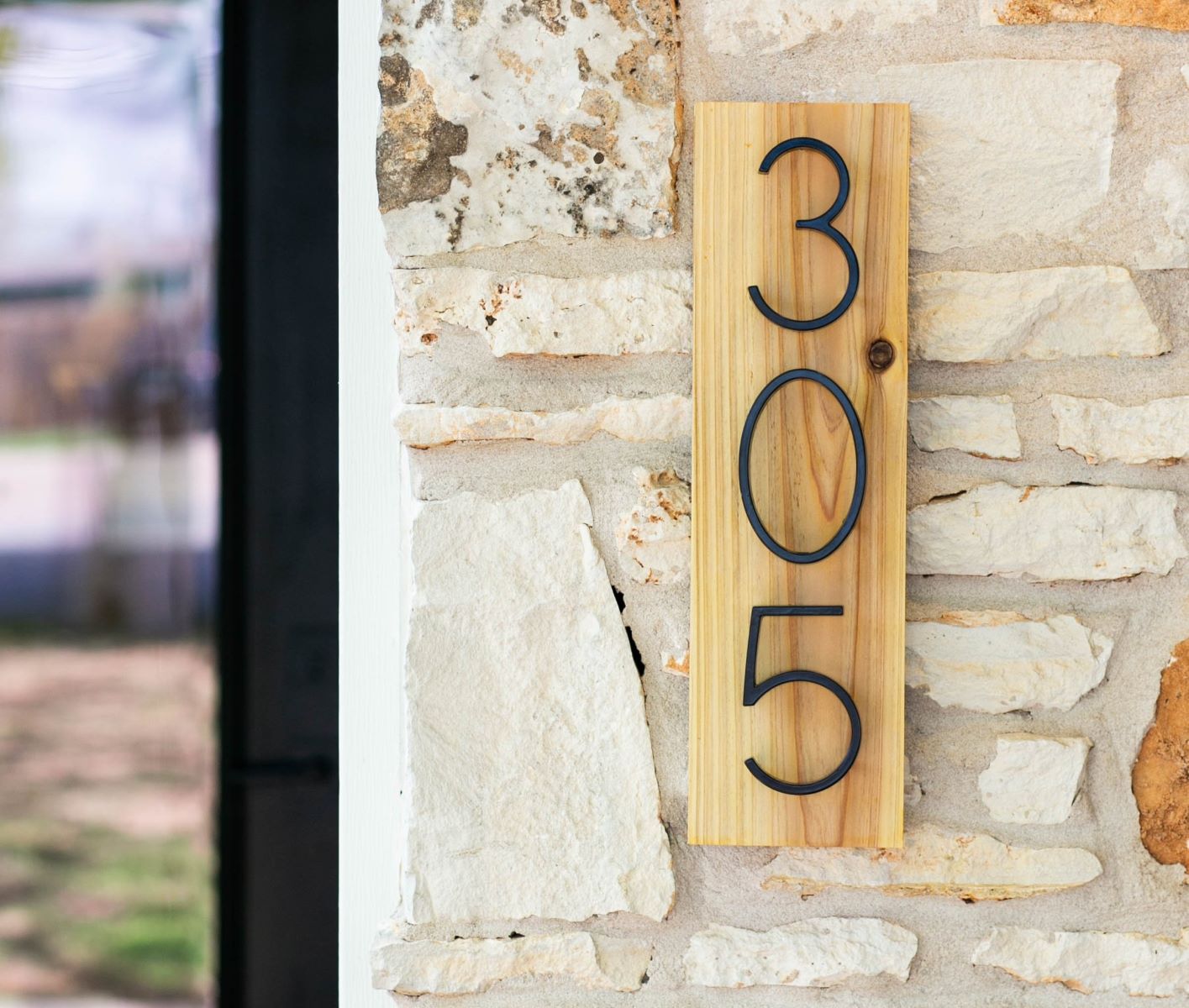

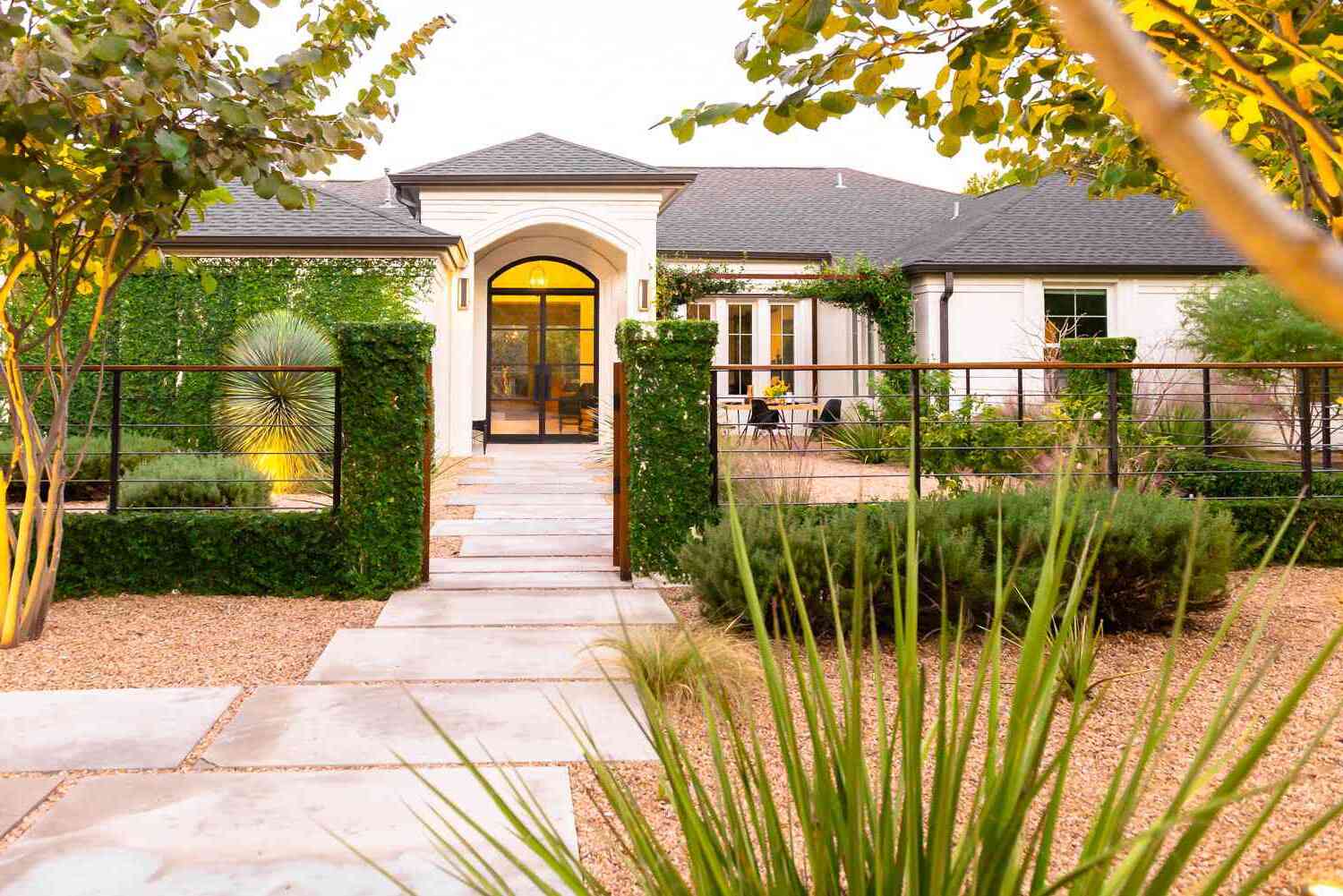

0 thoughts on “Upgrading Your Home’s Exterior With DIY Outdoor Kitchen And Bar”